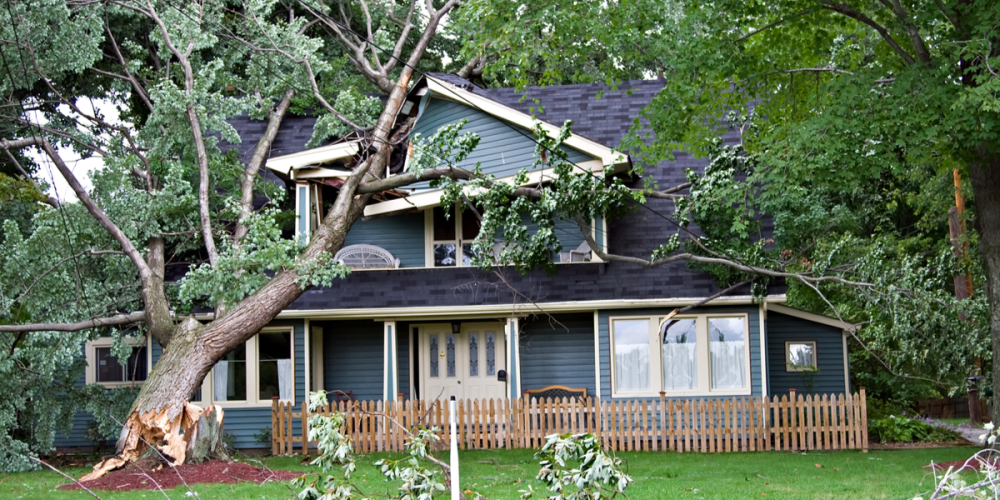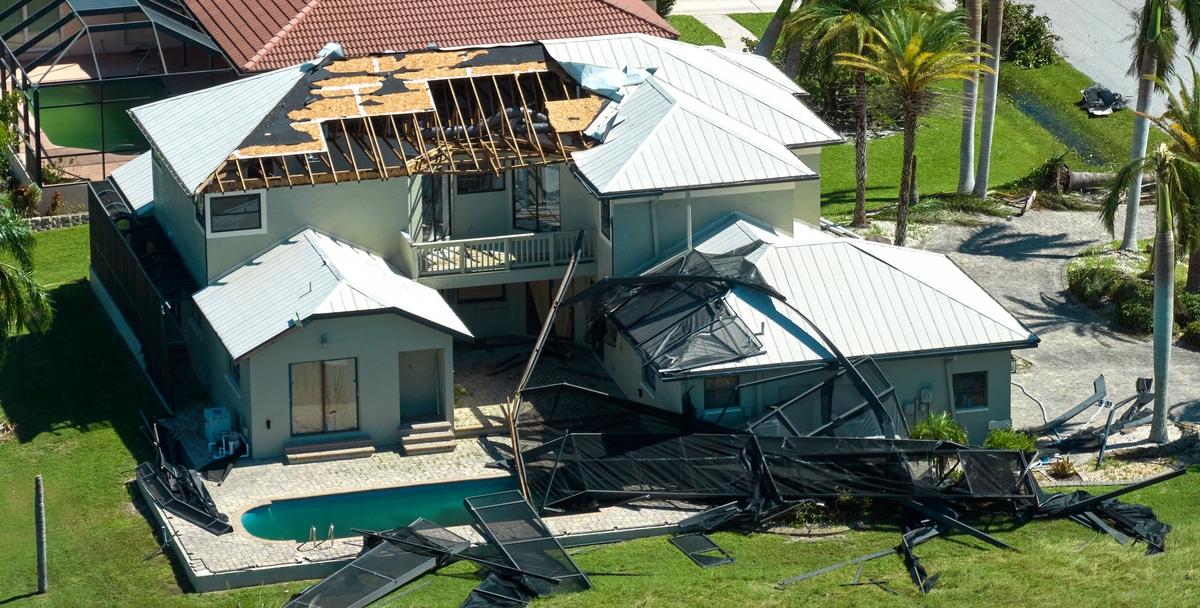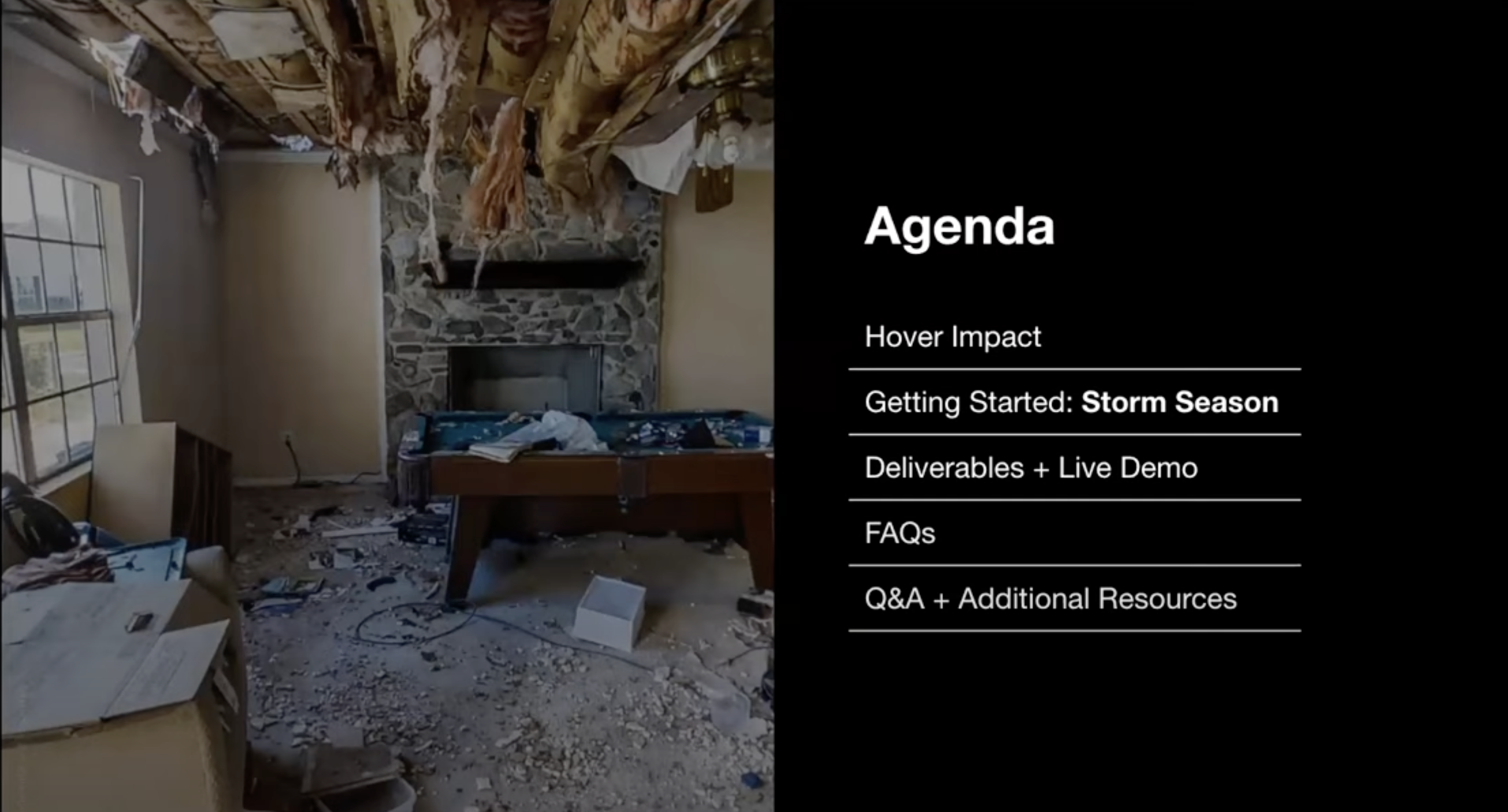With more and more insurance companies using technology to best serve their customers, this trend is quickly becoming the norm. Also known as InsureTech, insurance technology goes beyond providing excellent customer service and staying competitive — it can also help insurance brokerages reduce overhead costs and better manage risk. InsureTech also means that homeowners can benefit from a lower risk profile, which may reduce their insurance premiums.
Read on to learn more about InsureTech: how it’s changing the industry, leading trends, and the pros and cons of insurtech for insurance agents, adjusters, and homeowners.
What is InsureTech?
InsureTech refers to the use of technology in the insurance business and combines the words "insurance" and "technology." InsureTech is transforming the insurance industry for insurance agents, claims adjusters and for homeowners by improving the customer experience, simplifying the process of managing policies, and reducing costs for both insurance companies and their customers.
InsureTech has made the insurance process easier for consumers, enabling them to conduct their own research, complete their own competitive analysis, and quickly and conveniently purchase insurance online. At the same time, these new technologies allow insurance adjusters to process more claims at a faster rate.
How is InsureTech changing the industry?
Several trends are influencing the way in which InsureTech is changing the insurance industry. Three in particular are taking the lead: the use of artificial intelligence (AI), predicting customer behaviors, and assessing damage remotely.
Use of artificial intelligence (AI)
AI mimics human interaction, which can be a valuable time saver during administrative customer communications, such as walking a customer through a policy application. An example of AI is the use of chatbots. While not meant to replace an insurance agent, chatbots give insurance agents greater availability to focus on meaningful customer interactions, underwriting, and delivering more accurate homeowners insurance estimates. Additionally, chatbots are available 24/7 to help with a customer’s basic needs at any time of day or night.
Predicting customer behaviors
Being able to predict customer behavior can help you understand whether or not a customer is likely to cancel a policy and even assess the risk of fraudulent claims. To predict these types of behavior, you need to have access to customer data, and more importantly, be able to efficiently analyze it to arrive at accurate conclusions. Predictive analytics can help with both of these tasks.
Assessing damage remotely
Technology can help property owners better understand and trust their claims responses by showing what damage needs to be fixed on their home. Technology such as aerial imagery allows insurance professionals to show policyholders repairs that need to be made, instead of simply telling them. What's more, by gathering image data remotely, this technology reduces the personal risk involved in assessing damage. The images captured by this technology can be instantly shared, saving time on property visits and enabling insurance adjusters to formulate claims responses quickly.
What are new technologies in the insurance industry?
Recent innovations in the insurance industry have made the process of assessing damage and handling claims more efficient. In addition to chatbots, predictive analytics, and drones, there are additional new technologies that are disrupting the insurance field and increasing industry-wide efficiency.
One example is the use of 3D technology. This technology is especially beneficial during pandemic related distancing policies. For example, 3D technology helps insurance adjusters assess damage and handle claims based on 3D models generated by smartphone photos. Through 3D technology, an insurance adjuster can assess property damage as soon as homeowners send photos of their homes.
Additionally, new technology to support the claims process makes the steps to submit a claim more efficient for customers. With pre-populated forms, customers can submit their claim more quickly, which can speed up the overall claims process.
Lastly, using a mobile app for your insurance business can make it easier for customers to access policy details on a mobile device, as well as providing additional insights and data about customer activity.
Pros and cons of InsureTech
As with any new technology, there are pros and cons to InsureTech. Below is a breakdown of the most commonly experienced pros and cons for embracing technology in the insurance industry.
Pros of InsureTech
Greater accuracy: Insurtech provides more accurate measurements of properties, resulting in better claims resolutions. Since there are fewer errors, settling property claims is faster and more accurate.
Settle more claims: For insurance adjusters, InsureTech allows for less time spent on-site, resulting in more claims per day being resolved.
Increase customer satisfaction: InsureTech helps policyholders understand and trust their insurance estimates by better understanding the damage that needs repairing.
Cons of InsureTech
Less personal customer service: While InsureTech helps customers quickly and conveniently purchase insurance online, it also eliminates a level of personal interaction. However, it does provide insurance agents with the time to focus on more intentional client communication to develop more meaningful interactions with customers. Additionally, dealing with less administrative customer communication enables insurance adjusters to allocate more time to processing claims faster.
Conclusion
As with most industries, technology has made its impact on the insurance industry. As current competitors focus on InsureTech to build their businesses and new InsureTech companies emerge, technology is disrupting the way homeowners view homeowner's insurance and how the industry conducts business. With the industry continuing to embrace InsureTech, it’s not the time to be slow to adapt.
While a personal human connection will always reign over technology, InsureTech is available to make the overall insurance process more streamlined for customers and insurance companies.
If you’re ready to use InsureTech to optimize your workflow, sign up for a free demonstration with HOVER to learn how our technology can help you improve your underwriting and claims efficiency.



